Are you Living Paycheck to Paycheck? 7 Steps to Escape the Cycle of Debt
Living paycheck to paycheck is a reality many face, but it doesn’t have to be a permanent trap. According to a 2024 survey by the Federal Reserve, nearly 64% of Americans admit to living paycheck to paycheck at least some of the time, and 46% do so consistently. This financial strain often leads to a mounting cycle of debt that feels impossible to escape. The average American household carries over $104,000 in debt, including credit cards, student loans, and mortgages, according to Experian’s 2024 Consumer Debt Study.
If you’re stuck in this cycle, you’re not alone. But the good news is that with the right strategies, you can break free and build a stable financial future. This blog post will walk you through 7 actionable steps to escape the paycheck-to-paycheck lifestyle and the clutches of debt.
Are you ready to take control of your money and stop living for your next paycheck? Let’s dive in.
—
Understanding the Paycheck and Debt Cycle
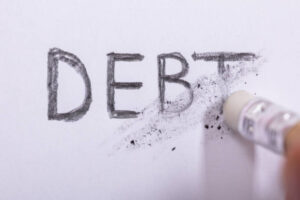
What Does Living Paycheck to Paycheck Really Mean?
Living paycheck to paycheck means that you spend nearly all the money you earn before your next paycheck arrives. There’s little to no savings, and any unexpected expense can push you deeper into debt. That’s crazy!
Key facts:
– A 2023 survey by Bankrate found that 28% of Americans have no emergency savings at all.
– The average credit card debt per household is about $6,500, with interest rates often above 15%.
– Student loan debt in the U.S. totals over $1.7 trillion, impacting millions of young adults.
Why Does Debt Keep Growing?

Debt grows because people often rely on credit cards or loans to cover expenses when their paycheck isn’t enough. The interest on these debts compounds, making it harder to pay off the principal amount.
Financial expert Dave Ramsey says, “You must gain control over your money or the lack of it will forever control you.” This highlights the importance of understanding your paycheck and debt before you can fix the problem.
—
Step 1: Get a Clear Picture of Your Paycheck and Debt

Before you can escape the cycle, you need to know exactly where you stand financially.
How to Assess Your Financial Situation
- List all sources of income: Include your salary, side gigs, freelance work, or any other money you receive regularly.
- Track every expense: Use apps like Mint, YNAB (You Need A Budget), or simply a notebook to record every dollar spent.
- Identify all debts: Make a list of all debts including credit cards, personal loans, student loans, car loans, and mortgages. Note the balances, interest rates, and minimum payments.
Why This Step Is Necessary
Many people underestimate how much they owe or how much they spend. In fact, a study by the University of Chicago found that people often underestimate their spending by 20-30%. Knowing your exact financial picture is the foundation for change..Are You Drowning in Debt? Discover 5 Secrets to a Debt-Free Life
—
Step 2: Create a Realistic Budget That Works
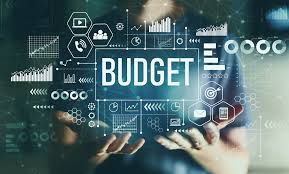
Budgeting is often misunderstood as restrictive, but it’s actually empowering..How to Create a Budget That Works for You
How to Build a Budget That Fits Your Life
- Start with your income: Write down your total monthly take-home pay.
- List fixed expenses: Rent/mortgage, utilities, insurance, minimum debt payments.
- Add variable expenses: Groceries, transportation, entertainment, dining out.
- Set savings goals: Even if it’s just $50 a month, start saving.
- Leave a buffer: Allocate a small amount for unexpected expenses.
Popular Budgeting Methods
- 50/30/20 Rule: 50% needs, 30% wants, 20% savings/debt repayment.
- Zero-Based Budgeting: Every dollar of income is assigned a purpose, so income minus expenses equals zero.
- Envelope System: Cash is divided into envelopes for each spending category.
Expert Insight
Financial planner Suze Orman advises, “A budget is telling your money where to go instead of wondering where it went.” This mindset can help you regain control over your paycheck and reduce reliance on debt.
—
Step 3: Build an Emergency Fund to Avoid New Debt
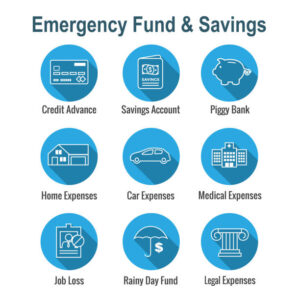
One of the biggest reasons people fall into debt is unexpected expenses—car repairs, medical bills, or job loss.
Why an Emergency Fund Matters
– It prevents you from using credit cards or loans for emergencies.
– It provides peace of mind and financial security.
– It’s a buffer that protects your paycheck from disappearing.
How to Start Your Emergency Fund
- Set a small initial goal: Aim for $1,000 as a starter emergency fund.
- Automate savings: Schedule automatic transfers of a portion of your paycheck to a separate savings account.
- Increase over time: Gradually build to 3-6 months of living expenses.
According to a 2023 report by the National Endowment for Financial Education, people with emergency funds are 50% less likely to use credit cards for emergencies.
—
Step 4: Stop Using Credit Cards for Everyday Expenses

Credit cards can be a slippery slope when living paycheck to paycheck.
Why Avoid Credit Cards for Daily Spending?
– High-interest rates can cause debt to balloon quickly.
– Minimum payments often prolong debt repayment.
– It encourages spending beyond your means.
Practical Tips to Cut Credit Card Use
- Use cash or debit cards: Stick to what you have.
- Remove saved card info online: This reduces impulse buys.
- Freeze your credit cards: Temporarily lock them in a safe place.
- Pay off balances monthly: If you must use credit, pay in full to avoid interest.
Financial expert Jean Chatzky says, “Credit cards are not evil; they are tools. But when used without control, they become traps.”
—
Step 5: Pay Off Debt Strategically

Paying off debt can feel overwhelming, but a plan makes it manageable.Debt Free? How I Paid Off My $50,000 Debt in 2 Years: My 12-Step Journ
Two Popular Debt Payoff Methods
– Debt Avalanche: Pay off debts with the highest interest rates first, saving money on interest.D
-Debt Snowball: Pay off the smallest debts first to build momentum and motivation.
How to Choose the Best Method
– If you’re motivated by quick wins, the snowball method might work better.
– If you want to save the most money, the avalanche method is more efficient.
Additional Tips
– Always pay at least the minimum on all debts.
– Consider consolidating high-interest debts with a personal loan or balance transfer credit card.
– Negotiate with creditors for lower interest rates or payment plans.
According to a 2024 study by the National Foundation for Credit Counseling, people who use structured payoff plans are **30% more likely** to become debt-free within two years.
—
Step 6: Increase Your Savings Rate and Income
To escape the paycheck-to-paycheck cycle, you need to save more and possibly earn more.Money Management 101: How to Balance Saving and Spending 5 Practical Tips
SAVINGS TRICKS: 8 WAYS TO INCREASE YOUR SAVINGS RATE
How to Boost Your Savings Rate
– Cut unnecessary expenses: subscriptions, dining out, impulse purchases.
– Use cashback and discount apps.
– Set up automatic transfers to savings right after payday.
Ways to Increase Income
– Ask for a raise or promotion at your current job.
– Take on a side hustle: freelancing, tutoring, rideshare driving.
– Sell unused items online.
– Invest in skills that increase your earning potential.
Expert Advice
Financial advisor Ramit Sethi says, “The fastest way to build wealth is to increase your income, not just cut expenses.”
—
Step 7: Invest in Your Financial Future

Once debt is under control and you have an emergency fund, it’s time to grow your money.
Why Investing Matters
– Inflation reduces the value of cash savings over time.
– Investments can generate passive income.
– Early investing leads to compounding growth.
Investment Options for Beginners
- 401(k) or employer-sponsored retirement plans: Especially if there’s a company match.
- Roth IRA: Tax-advantaged retirement savings.
- Index funds or ETFs: Low-cost, diversified investments.
- High-yield savings accounts: For short-term goals.
Getting Started
– Start small: even $50 a month can grow significantly.
– Use robo-advisors for automated investing.
– Educate yourself on basic investment principles.
According to a 2023 report by Vanguard, investors who start saving early and consistently can accumulate **up to 10 times more wealth** by retirement.
—
Additional Tips to Stay Out of the Paycheck-to-Paycheck Trap
- Avoid lifestyle inflation: Don’t increase spending when your income rises.
- Use windfalls wisely: Bonuses, tax refunds, or gifts should go toward debt or savings.
- Stay accountable: Share your goals with a trusted friend or financial coach.
- Keep learning: Follow reputable finance blogs, podcasts, and books.
—
FAQs
What percentage of Americans live paycheck to paycheck?
A: Approximately 64% live paycheck to paycheck at least some of the time, according to a 2024 Federal Reserve survey.
How much debt does the average American have?
A: The average household debt is about $104,215, including mortgages, credit cards, and student loans.
How much should I save for an emergency fund?
A: Experts recommend saving three to six months’ worth of living expenses.
What is the best way to pay off debt?
A: The debt avalanche method is most cost-effective, but the debt snowball method can be more motivating.
Can I escape debt without increasing my income?
A: It’s possible by cutting expenses and budgeting strictly, but increasing income can accelerate the process.
How do I avoid falling back into the paycheck-to-paycheck cycle?
A: Maintain a budget, keep building savings, avoid unnecessary debt, and continue learning about personal finance.
—
Are You Ready to Break Free?
Living paycheck to paycheck and drowning in debt can feel like a never-ending battle. But with clear knowledge, a solid budget, an emergency fund, disciplined debt repayment, increased savings, and smart investing, you can reclaim your financial freedom. See, the journey won’t be easy, but every small step counts.
As financial expert Dave Ramsey puts it, “Financial peace isn’t the acquisition of stuff. It’s learning to live on less than you make, so you can give money back and have money to invest. You can’t win until you do this.”
So, what’s stopping you from taking control of your paycheck and escaping the cycle of debt today?
—
Useful External Resources
– [Federal Reserve Report on Household Finances](https://www.federalreserve.gov/publications/2024-economic-well-being-of-us-households-in-2023.htm)
– [Experian Consumer Debt Study 2024] https://www.experian.com/blogs/ask-experian/research/consumer-debt-study/
– [National Foundation for Credit (https://www.nfcc.org/)
– [Bankrate Emergency Savings Survey(https://www.bankrate.com/banking/savings/emergency-savings-report/)
– [Dave Ramsey Official (https://www.daveramsey.com/)
– [Suze Orman’s Financial (https://www.suzeorman.com/)
—
Thank you for reading! If you found this guide helpful, share it with friends and family who might also be struggling with paycheck and debt challenges. Remember, financial freedom is within your reach — one paycheck at a time.
—
This blog post is written with the intention to educate and empower readers to take actionable steps toward financial stability. It is based on verified data, expert opinions, and practical advice.







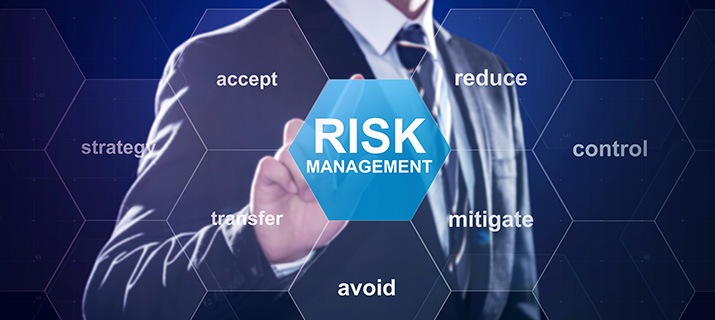
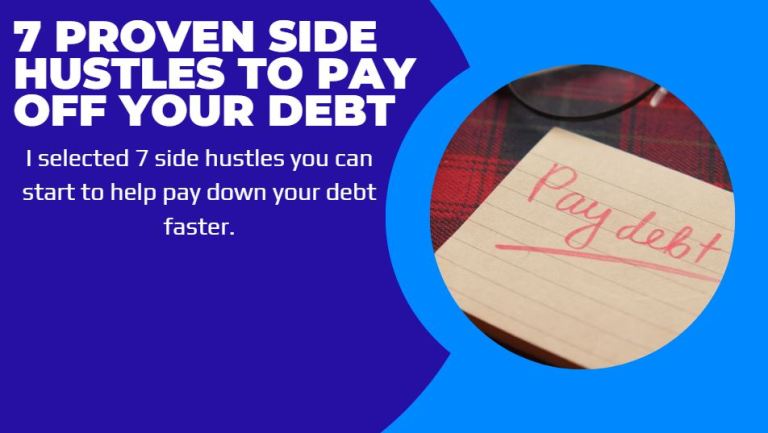

gh974v